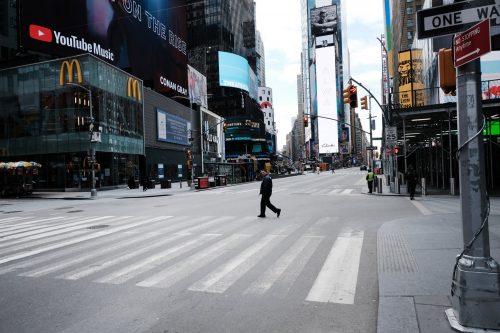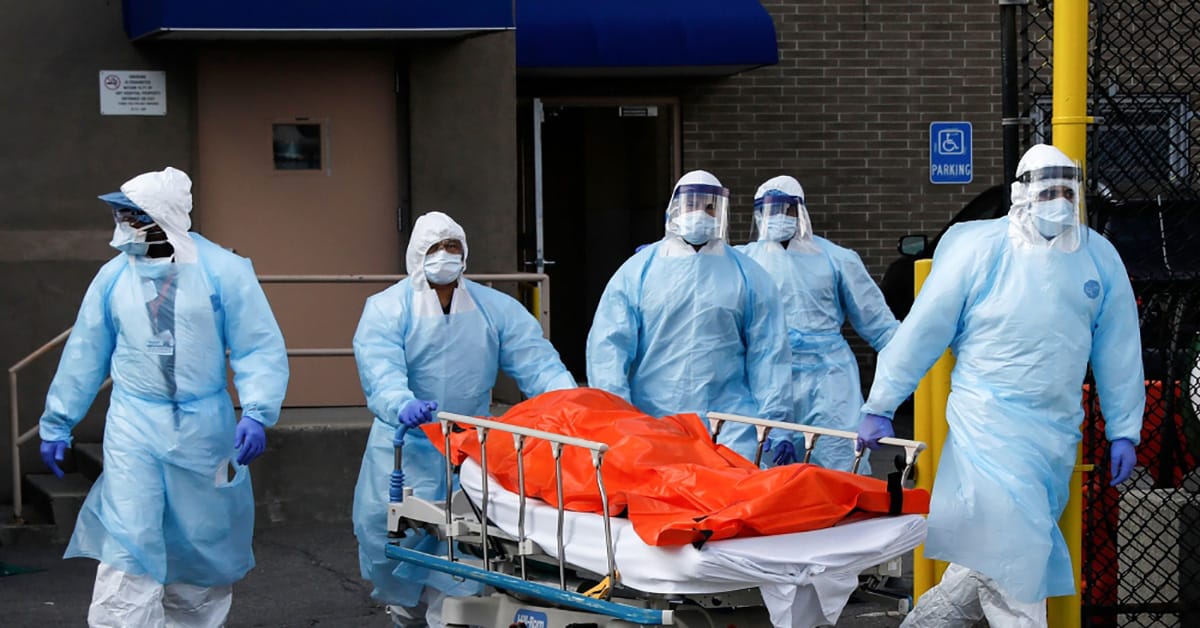New data suggest Social distancing restrictions help to slow down coronavirus infections!
It looks like harsh measures during the ongoing pandemic such as stay-at-home orders and restaurant closures are helping to slow down coronavirus infections, according to the latest data. Read more below!

New data suggest Social distancing restrictions help to slow down coronavirus infections!
In American, a total of 248 million are following the order to stay at home amid the pandemic outbreak. Up until now, public health officials had a hard time predicting how effective this measure could be in aiding the fight against coronavirus. However, based on the latest evidence, tight social-distancing restrictions is now working. Notably, it helps to reduce hospital overcrowding and even lower the death rates, according to experts.
Kinsa Health, who produces internet-connected thermometers, first introduced its national map of fever levels last March 22. It has been able to spot the trend within a day. From then, data from the health departments of New York state and Washington state have supported the finding, proving that social distancing is indeed saving lives. Even President Donald Trump has acknowledged the trend by extending the lockdown period until the end of this month.

Trump shared that he hoped that restrictions could end by Easter and Americans should be back to work during this period. However, Dr. Peter J. Hotez, dean of the National School of Tropical Medicine at Baylor College of Medicine in Houston, claimed: “That would have been the worst possible Easter surprise”. He also thought the Kinsa predictions based on “very robust technology”. “I’m very impressed by this. It looks like a way to prove that social distancing works. But it does show that it takes the most restrictive measures to make a real difference” claimed Dr William Schaffner, who is a preventive medicine expert at Vanderbilt University.
America confirmed cases keep increasing.
Up until now, the U.S is reporting a high rise in positive cases daily. Furthermore, one of the reasons for this number is that people do not always go for a COVID-19 test the same day that they feel feverish. Besides, many states are trying to do more tests every day, thus the increase. So far, the CDC has declined to comment on the situation.









